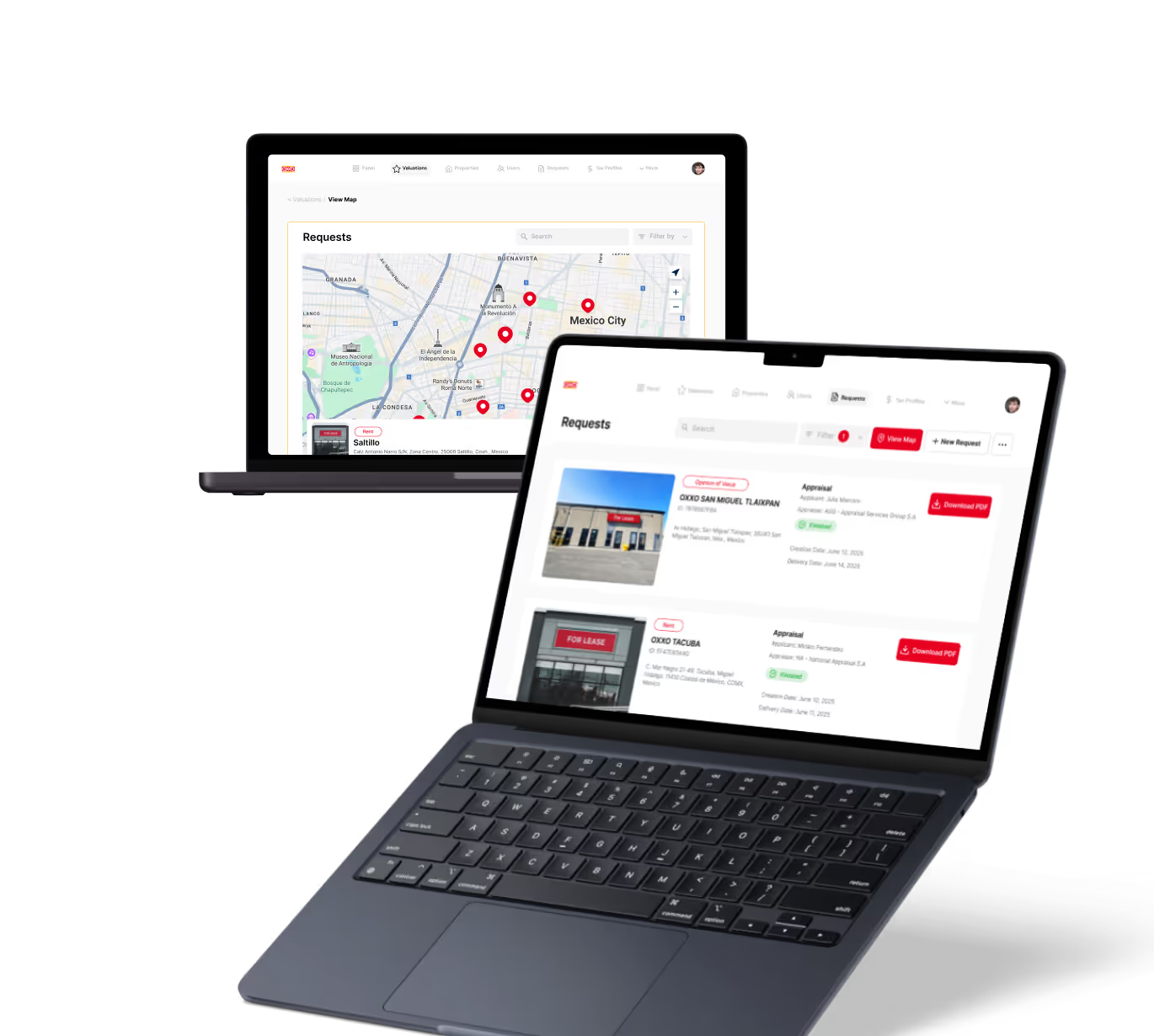Login Workflow in No-code
No-code/low-code
Learn how to create effective login workflows in no-code platforms for secure and user-friendly app access.
Introduction to Login Workflow in No-code
When building apps without coding, setting up a login workflow is essential. It controls how users access your app securely and easily. You want your users to have a smooth experience while keeping their data safe.
In this article, you will learn what a login workflow is, why it matters, and how to create one using popular no-code tools. Whether you are new or experienced, this guide will help you build a reliable login system for your app.
What Is a Login Workflow?
A login workflow is the process users follow to sign in or register in an app. It includes steps like entering credentials, verifying identity, and granting access. In no-code platforms, this workflow is built visually without writing code.
Login workflows often include:
- User registration forms
- Authentication checks
- Password reset options
- Session management
These steps ensure only authorized users can use your app features. A good login workflow balances security and ease of use.
Why Login Workflow Matters in No-code Apps
Login workflows protect your app and user data. Without proper login, anyone could access sensitive information or misuse your app. No-code platforms make it easy to add login features, but you must design them carefully.
Benefits of a solid login workflow include:
- Security: Prevent unauthorized access.
- User trust: Users feel safe sharing data.
- Personalization: Show content based on user identity.
- Data tracking: Monitor user activity securely.
Platforms like Bubble and Glide offer built-in user authentication tools that simplify this process.
Steps to Create Login Workflow in No-code
Building a login workflow involves several clear steps. Here’s how you can do it using no-code tools:
- 1. Set up user database: Create a user table to store emails, passwords, and profiles.
- 2. Design login and signup forms: Use form elements to collect user info.
- 3. Add authentication actions: Use platform features to verify credentials.
- 4. Implement password reset: Allow users to recover accounts via email.
- 5. Manage sessions: Keep users logged in securely during their visit.
- 6. Redirect users: Send users to the right page after login or logout.
For example, in Bubble, you drag and drop input fields and workflows to handle login. Glide uses simple sign-in components connected to Google or email.
Best Practices for Login Workflow in No-code
To make your login workflow effective, follow these tips:
- Use secure authentication: Prefer OAuth or built-in secure methods.
- Keep forms simple: Ask only for necessary info to reduce friction.
- Provide clear feedback: Show error messages for wrong passwords or missing fields.
- Enable social logins: Let users sign in with Google, Facebook, or Apple for convenience.
- Test thoroughly: Check all scenarios like wrong password, logout, and session expiry.
Tools like Make or Zapier can automate email verification or welcome messages after signup.
Examples of Login Workflow in No-code Platforms
Here are some real examples of login workflows in popular no-code platforms:
- Bubble: Use the built-in User data type, add login/signup forms, and workflows to authenticate users. Bubble supports email verification and password reset.
- Glide: Offers simple sign-in options with email or social accounts. You can customize user profiles and control access to app features.
- FlutterFlow: Integrates Firebase Authentication for secure login with email/password or social providers.
- Adalo: Provides user authentication components and workflows to manage login, signup, and password recovery.
These platforms let you build login workflows visually, saving time and avoiding code errors.
Conclusion
Creating a login workflow in no-code platforms is straightforward but crucial. It protects your app and improves user experience. By following clear steps and best practices, you can build a secure and user-friendly login system.
Remember to choose the right tools, keep forms simple, and test your workflow well. With platforms like Bubble, Glide, and FlutterFlow, you can launch apps with reliable login features quickly and confidently.
FAQs
What is a login workflow in no-code development?
Which no-code platforms support login workflows?
How can I make my login workflow secure in no-code apps?
Can I add social login options in no-code login workflows?
What are common steps to build a login workflow in no-code tools?
How do no-code tools handle password resets in login workflows?
Related Terms
See our numbers
315+
entrepreneurs and businesses trust LowCode Agency
Investing in custom business software pays off
We were managing property valuations across multiple brands, and the complexity was overwhelming our traditional processes. Every day of delay in property evaluation meant potential lost revenue and competitive disadvantage.
15,000+
property valuations managed through centralized platform
40%
reduction in valuation processing time

J.Antonio Avalos
,
Product Manager Lead
OXXO



%20(Custom).avif)